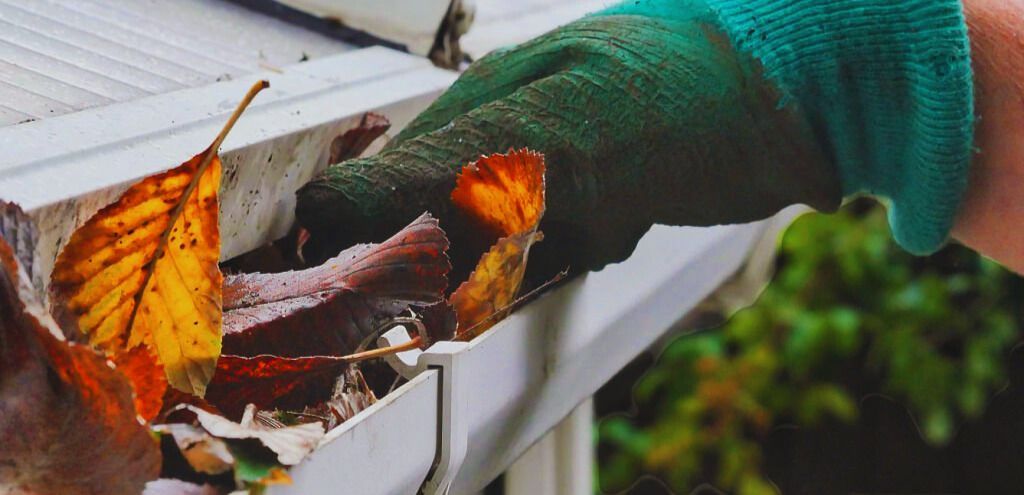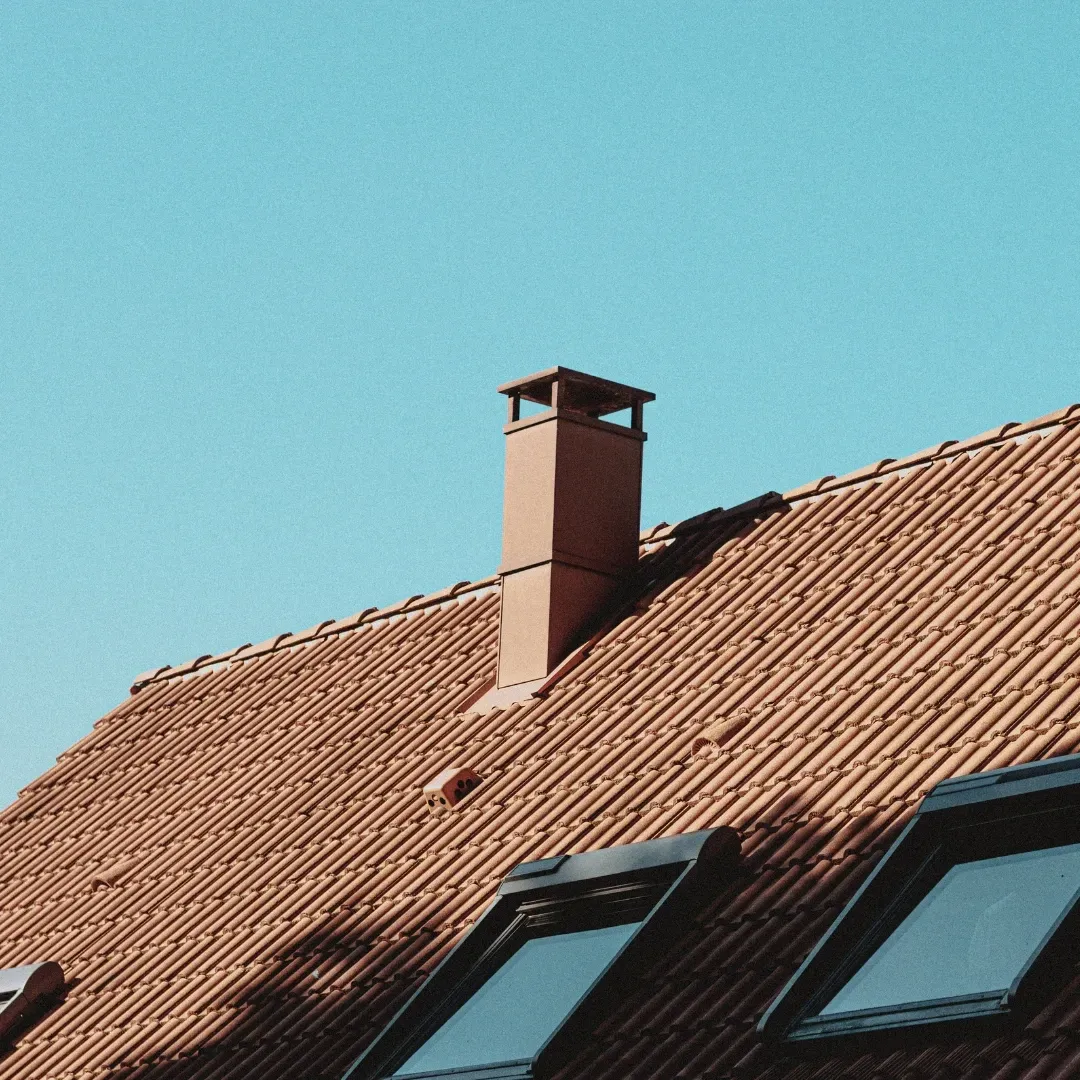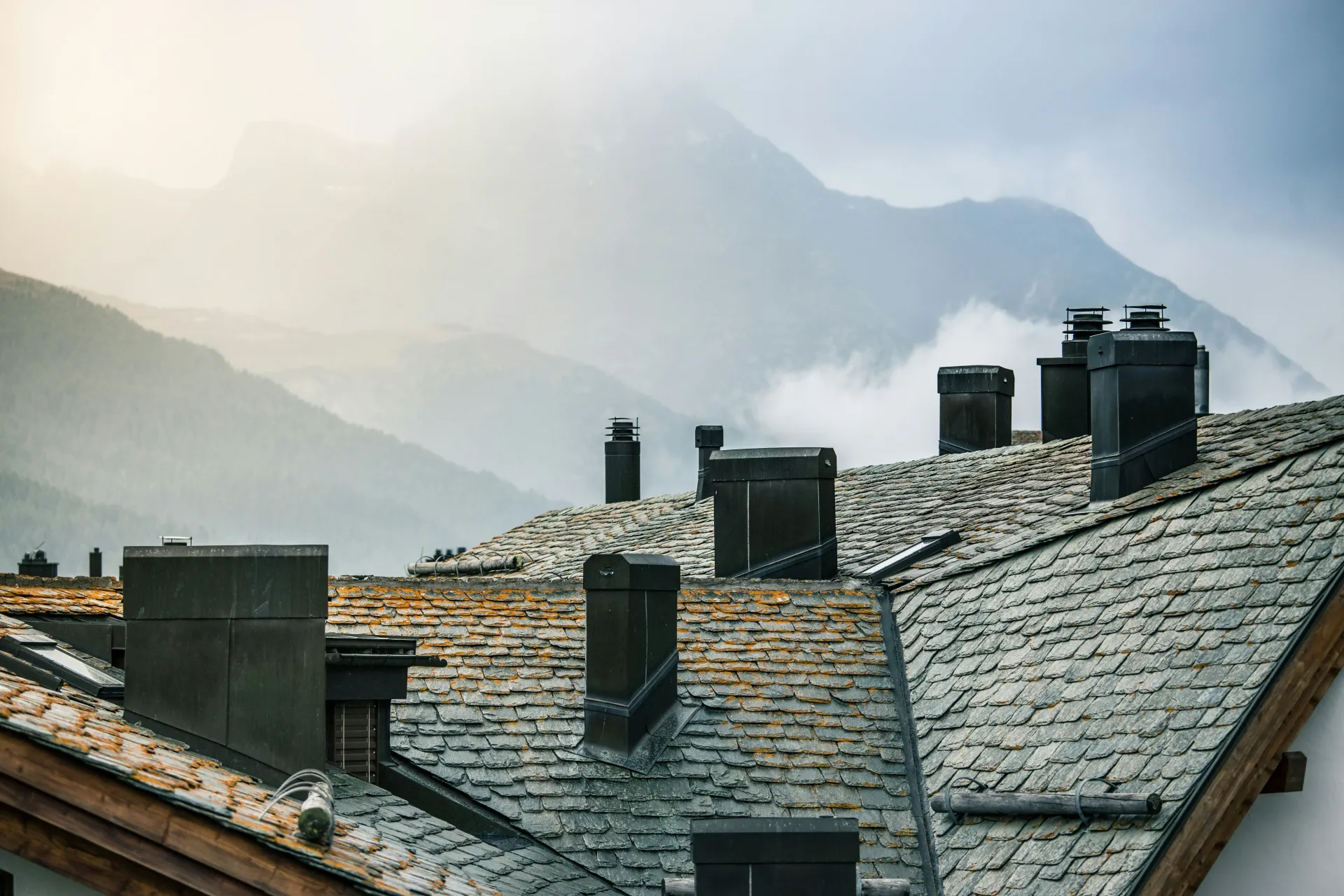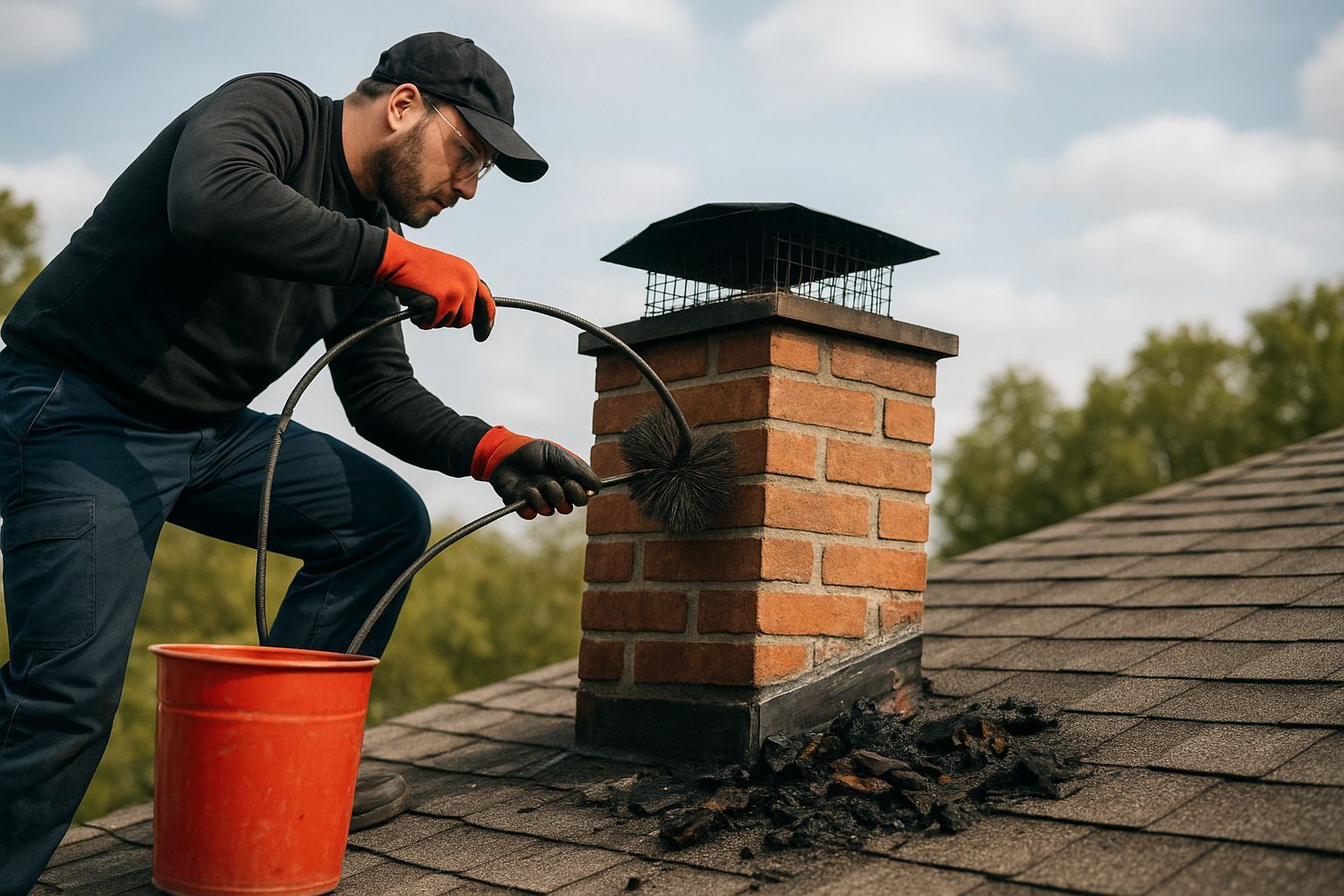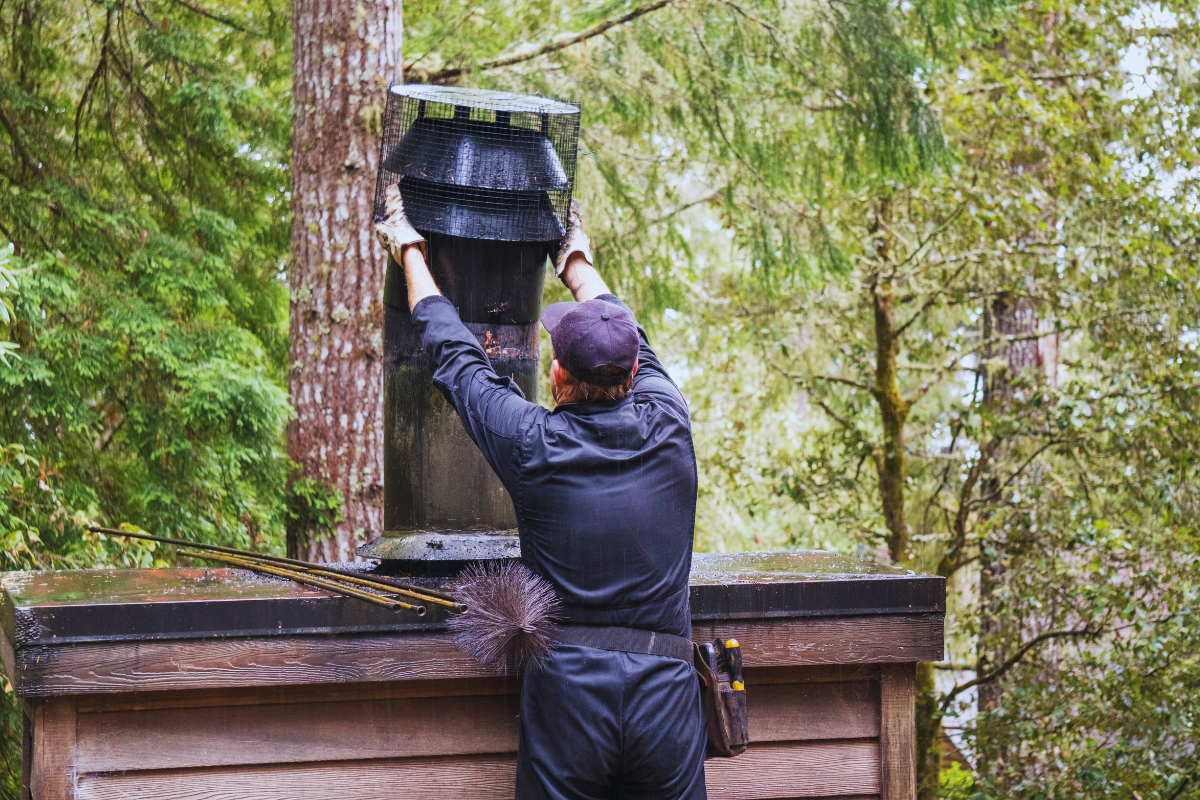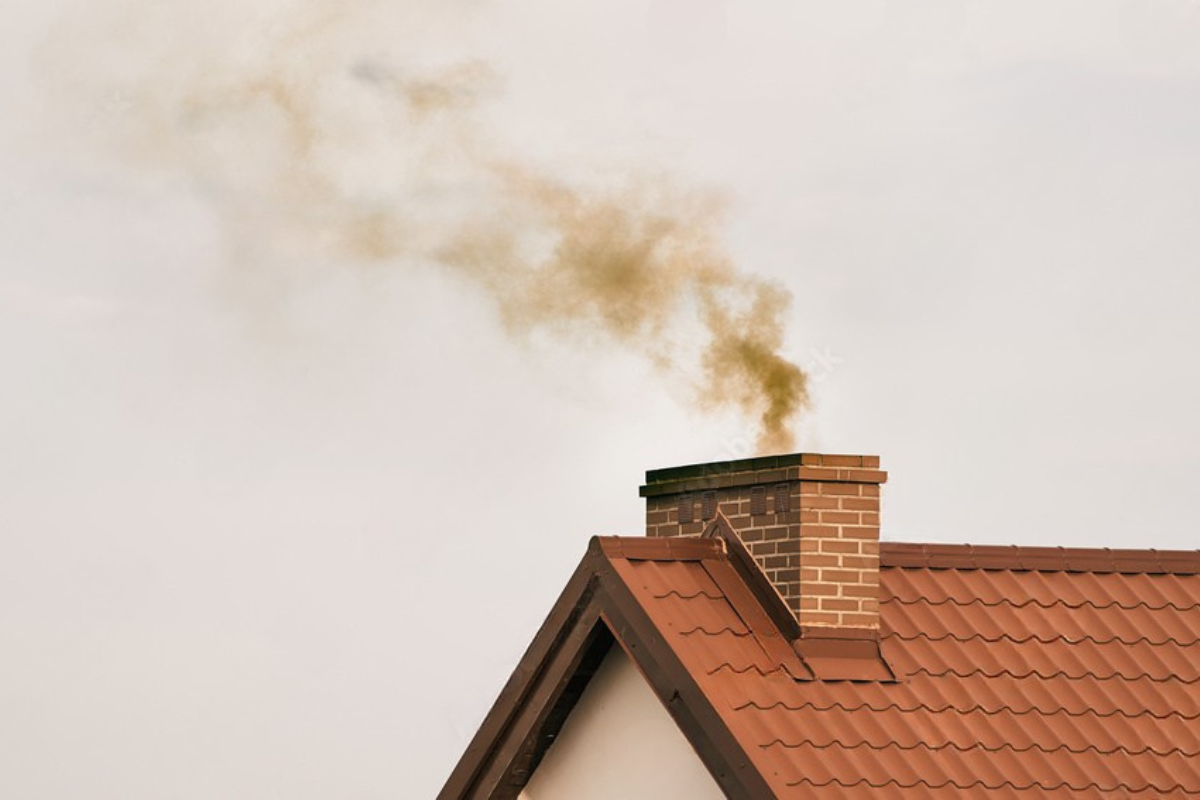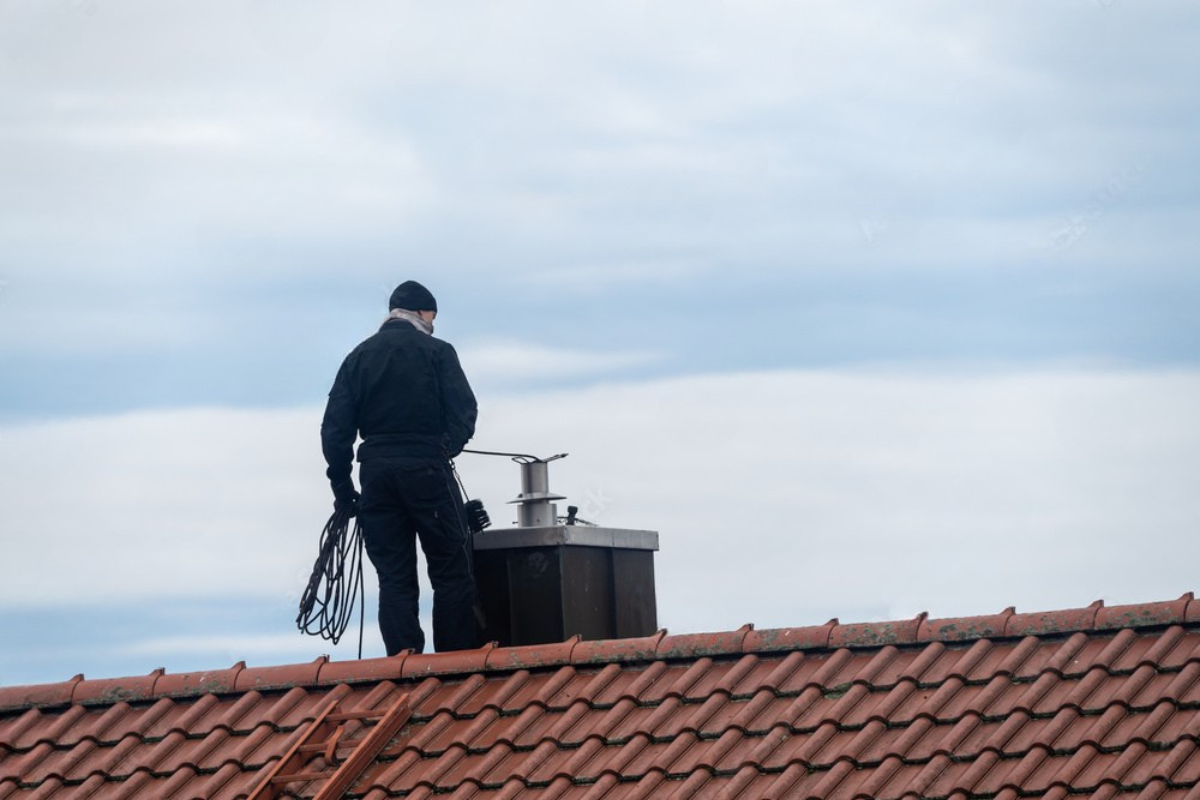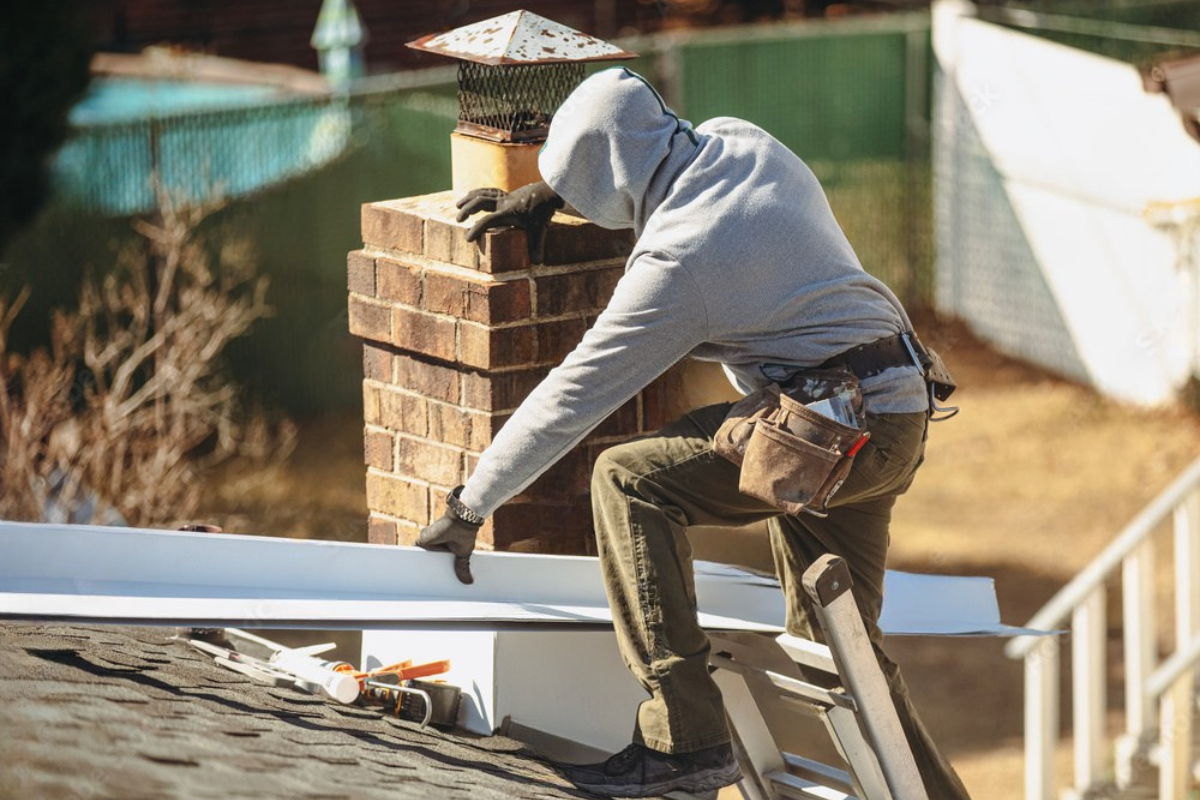Finding Alternatives to Grinding for Stone Chimney Flashing Installation on a Roof
As a resident of Maine or New Hampshire, you know how crucial it is to maintain your chimney's integrity, especially during the harsh winter months. One crucial aspect of this maintenance is ensuring proper flashing installation on your roof. However, when dealing with stone chimneys, grinding can be a significant challenge. In this blog, I'll guide you through finding alternatives to grinding for stone chimney flashing installation on a roof, providing you with the necessary steps, recommendations, and tips to ensure a successful and stress-free process.
For over 12 years, I’ve been helping homeowners in Maine and New Hampshire with their chimney service needs, and one of the most common questions I get is about chimney flashing installation. Flashing is a crucial component that prevents water leaks around the base of your chimney, and it’s especially important here in the North East where we experience harsh winters.
Traditionally, installing a new chimney flashing often involves grinding down the existing stone or brickwork to create a smooth surface for the flashing to adhere to. But what if you don’t want to alter the look of your chimney? Here, we’ll explore some alternative methods for installing chimney flashing without grinding.
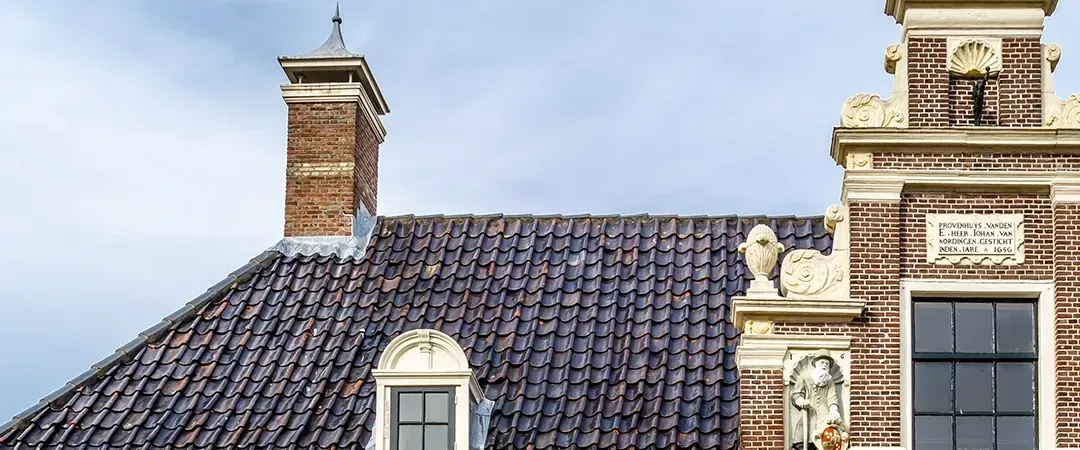
Select Chimney Services
Waterproofing
- Protection from elements: Shields your chimney from rain, snow, and ice.
- Preventative maintenance: Helps avoid costly repairs due to water damage.
- Increased chimney lifespan: Extends the life of your chimney structure.
- Improved energy efficiency: Reduces heat loss through a damp chimney.
Stainless Steel Liners
- Fire safety: Provides a non-combustible liner to prevent chimney fires.
- Improved draft: Enhances the efficiency of your fireplace or wood stove.
- Durability: Resistant to corrosion and high temperatures.
- Customizable options: Available in various sizes and lengths to fit your chimney.
Demolition and Tuckpointing
- Chimney restoration: Repairs damaged or deteriorated chimney structures.
- Safety: Removes hazardous chimney components.
- Aesthetics: Improves the appearance of your chimney.
- Structural integrity: Reinforces the chimney for long-term stability.
Why Grinding Can Be a Problem
Grinding, which involves using a grinder to remove old mortar and debris from the chimney, can be a significant issue when dealing with stone chimneys. This is because stone is a porous material that can be easily damaged by the grinding process. Additionally, grinding can lead to further damage to the surrounding area, including the roof and the chimney itself. Moreover, grinding can:
- Damage the aesthetics: Grinding can leave behind a rough, uneven surface that may not match the surrounding stone or brickwork.
- Weaken the structure: Grinding can remove a small amount of material from the chimney, which could potentially weaken its structural integrity over time.
- Create a mess: Grinding creates a lot of dust and debris, and it can take several hours to complete the job properly.
Alternatives to Grinding for Chimney Flashing Installation
Fortunately, there are several alternatives to grinding that you can use for stone chimney flashing installation on a roof:
Hand Tooling
This method involves using hand tools, such as chisels and hammers, to carefully remove old mortar and debris from the chimney. This approach is more time-consuming but provides greater control and precision, reducing the risk of damage to the surrounding area.
Mechanical Removal
This method involves using specialized mechanical tools designed specifically for removing mortar and debris from chimneys. These tools are designed to be gentle on the surrounding area and can be more effective than hand tooling.
Chemical Removal
This method involves using chemicals to dissolve and remove old mortar and debris from the chimney. This approach is often used in conjunction with mechanical removal and can be effective in removing stubborn mortar and debris.
When to Use Each Method
The choice of method depends on the specific situation and the type of stone chimney you have. Here are some general guidelines:
- Hand Tooling: Best for small, simple jobs where precision is key.
- Mechanical Removal: Best for larger, more complex jobs where speed and efficiency are important.
- Chemical Removal: Best for jobs where stubborn mortar and debris are present.
Step-by-Step Guide
Here is a step-by-step guide to help you find alternatives to grinding for stone chimney flashing installation on a roof:
- Assess the Situation: Before starting the process, assess the situation to determine the best method for your specific situation.
- Prepare the Area: Clear the area around the chimney of any debris or obstructions to ensure a safe and efficient process.
- Choose the Method: Based on your assessment, choose the method that best suits your needs.
- Remove Old Mortar and Debris: Use your chosen method to carefully remove old mortar and debris from the chimney.
- Clean and Inspect: Clean the area thoroughly and inspect for any remaining debris or damage.
- Install New Flashing: Install new flashing according to the manufacturer's instructions and local building codes.
Things to Avoid
When finding alternatives to grinding for stone chimney flashing installation on a roof, there are several things to avoid:
- Using Power Tools: Avoid using power tools, such as grinders, as they can cause significant damage to the surrounding area.
- Using Chemicals Incorrectly: Avoid using chemicals incorrectly, as this can lead to further damage and potential health risks.
- Not Cleaning Thoroughly: Avoid not cleaning the area thoroughly, as this can lead to remaining debris and damage.
Recommendations
Here are some recommendations to keep in mind when finding alternatives to grinding for stone chimney flashing installation on a roof:
- Consult a Professional: If you are unsure about the best method for your specific situation, consult a professional chimney service.
- Use Protective Gear: Always use protective gear, such as gloves and safety glasses, when working with chemicals or power tools.
- Follow Manufacturer's Instructions: Always follow manufacturer's instructions when installing new flashing.
Key Takeaways
- Hand tooling, mechanical removal, and chemical removal are alternatives to grinding for stone chimney flashing installation on a roof.
- Choose the method based on the specific situation and type of stone chimney.
- Always follow manufacturer's instructions and local building codes.
FAQ
Q: What are the benefits of hand tooling?
A: Hand tooling provides greater control and precision, reducing the risk of damage to the surrounding area.
Q: What are the benefits of mechanical removal?
A: Mechanical removal is faster and more efficient than hand tooling, making it ideal for larger, more complex jobs.
Q: What are the benefits of chemical removal?
A: Chemical removal is effective in removing stubborn mortar and debris, making it ideal for jobs where other methods are ineffective.
Q: What are the risks associated with grinding?
A: Grinding can cause significant damage to the surrounding area, including the roof and chimney, and can lead to further damage and potential health risks.
Q: What are the risks associated with using chemicals incorrectly?
A: Using chemicals incorrectly can lead to further damage and potential health risks.
Q: What are the risks associated with not cleaning thoroughly?
A: Not cleaning thoroughly can lead to remaining debris and damage.
Table: Comparison of Chimney Flashing Installation Methods
| Method | Description | Benefits | Drawbacks |
|---|---|---|---|
| Hand Tooling | Using hand tools to remove old mortar and debris | Greater control and precision, reduces risk of damage | Time-consuming, labor-intensive |
| Mechanical Removal | Using specialized mechanical tools | Faster and more efficient, ideal for larger jobs | Can be expensive, requires specialized training |
| Chemical Removal | Using chemicals to dissolve and remove mortar | Effective in removing stubborn mortar, ideal for tough jobs | Can be hazardous if not used correctly, requires proper disposal |
List: Steps to Follow When Finding Alternatives to Grinding for Stone Chimney Flashing Installation on a Roof
- Assess the situation
- Prepare the area
- Choose the method
- Remove old mortar and debris
- Clean and inspect
- Install new flashing
Conclusion
Finding alternatives to grinding for stone chimney flashing installation on a roof requires careful consideration and planning. By understanding
